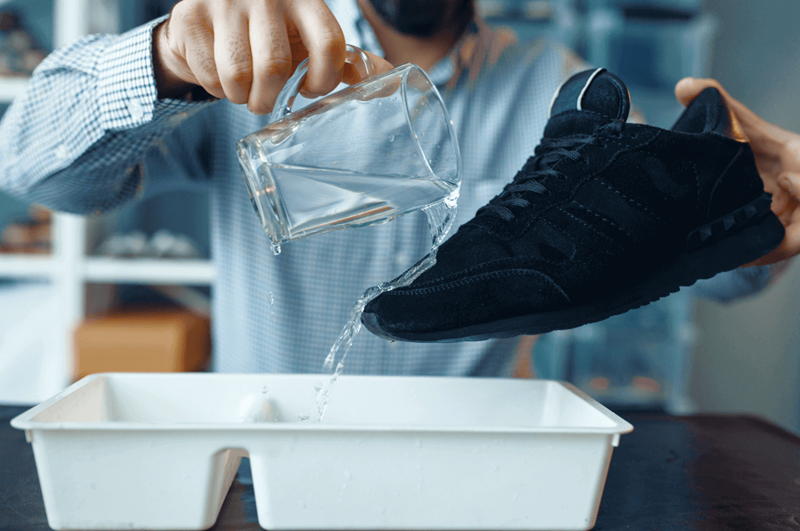
Is water-resistant the same as waterproof?
First and foremost, you have to remember that water-resistant and waterproof are NOT the same. If a product is marketed as waterproof, it means the producer guarantees that it will not be affected by water in any way. Think of, for example, waterproof plywood decking - using the right sealant for the plywood protects it from rainwater and moisture, disallowing swelling and making it safe for many years of outdoor use. Therefore, if you bought a waterproof smartphone and accidentally dropped it in the water, you should still be able to use it - if it does not work properly, you may be entitled to a repair, refund, or replacement under standard guarantee rules.
Products marketed as water-resistant do not give us the same type of guarantee. This term simply means that a device or a product can resist the negative effects of contact with water - but only to a point. Therefore, if you have just bought an expensive, water-resistant watch, you should consider taking it off before you take a shower. It will most likely not be affected by accidental contact with water, eg. if you get caught in the rain. Yet, a longer shower, a bath, or a visit at the swimming pool may actually damage it. Some electronic devices marketed as water-resistant may actually have detailed information regarding the exact water pressure that they can withstand, eg. "water-resistant up to 30 or 50 m" (also presented as "up to 3 or 5 ATM"), which means that a device is suitable for washing hands and will resist light splashes of water, or "water-resistant up to 100 m (also as "10 ATM"), which characterizes devices that are suitable for recreational swimming, snorkeling, sailing and performing other, similar types of water sports.
What about water-resistant and water-repellent - are they synonymous?
Unfortunately, water-resistant and water-repellent also have a bit different meanings. Unlike water-resistant products, which - as we already mentioned - can withstand some contact with water, water-repellent ones are able to repel water, which is why they are often called hydrophobic. This quality is often used for describing hiking jackets, but it is also an important characteristic for renovation and/or building materials, such as paints, plasters, special coatings, etc. They are often described as non-susceptible to mold or mildew and may be used both indoors and outdoors.
It is important to remember that products marketed as water-repellent are usually covered with a thin surface coating which makes it resist water... up to a point. For example, a water-repellent hiking jacket will not absorb water during an intense, but short rain, as well as it will most likely survive a longer, but lighter drizzle. However, after some time in heavy rain it may lose its properties and simply soak through.
How to decide whether you need a waterproof, water-resistant, or water-repellent product?
The choice between waterproof, water-resistant, and water-repellent product is actually quite simple once you have learned the difference between the three terms. If you need a product that may be submerged and/or one that will withstand constant contact with water and heavy moisture, you need it to be waterproof. Yet, if you are thinking of a waterproof jacket, you should be aware that it is made of non-breathable materials, and may therefore make you feel uncomfortably hot and sweaty. In such cases, a water-resistant jacket will usually be a better choice. Just as all other water-resistant products, it is not 100% impervious, but should be enough for standard daily use.
When it comes to water-repellency, it is good to know that although some companies claim that their products are water-repellent, the term is still heavily discussed. We have focused on the most standard understanding of the word. Yet, some would argue that for the term repellent or hydrophobic to be correct, the molecules of a given substance or fabric should visibly repel a mass of water, and it is not the case for many so-called water-repellent products.































REVİEWS - 0 reviews